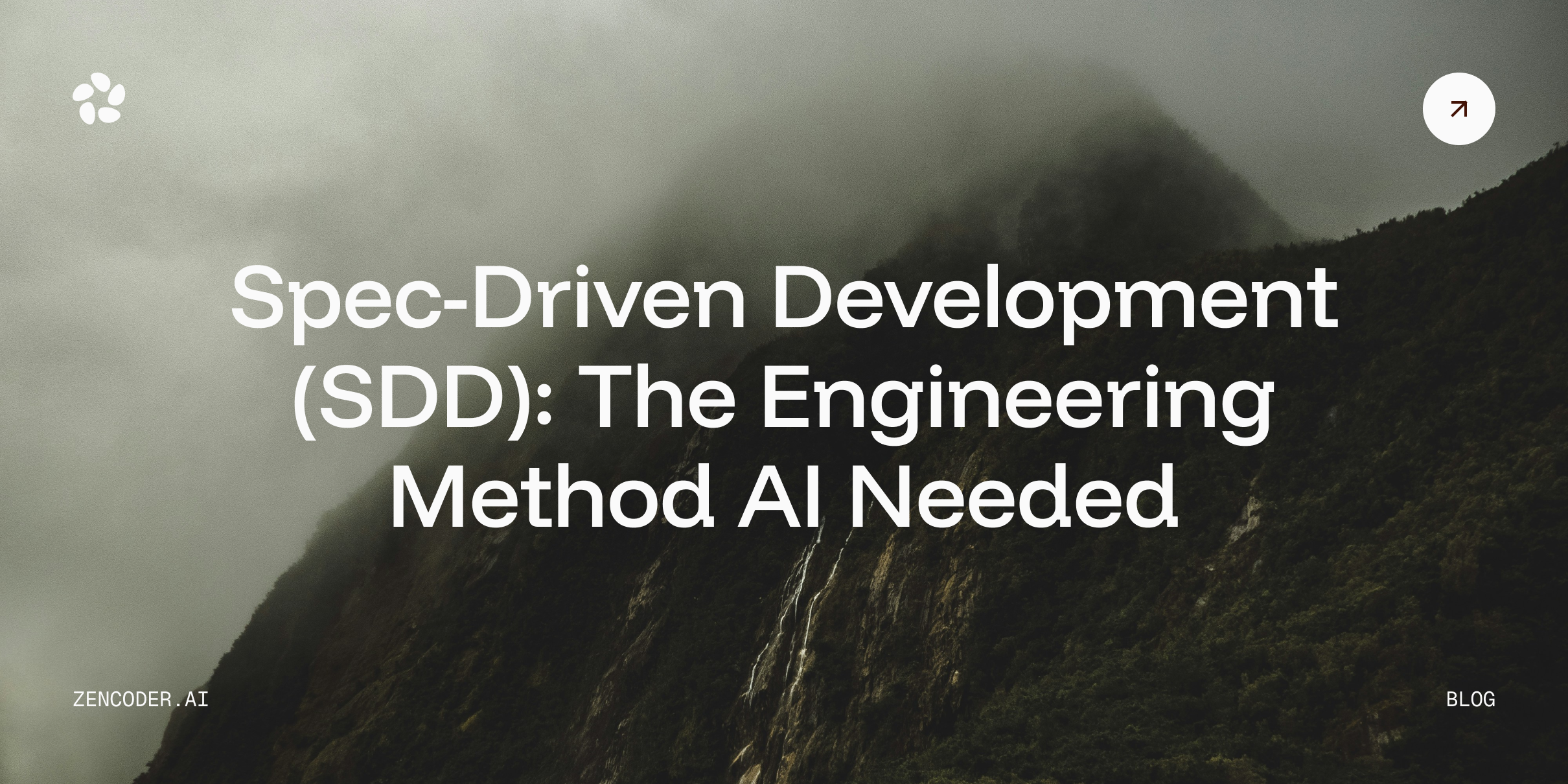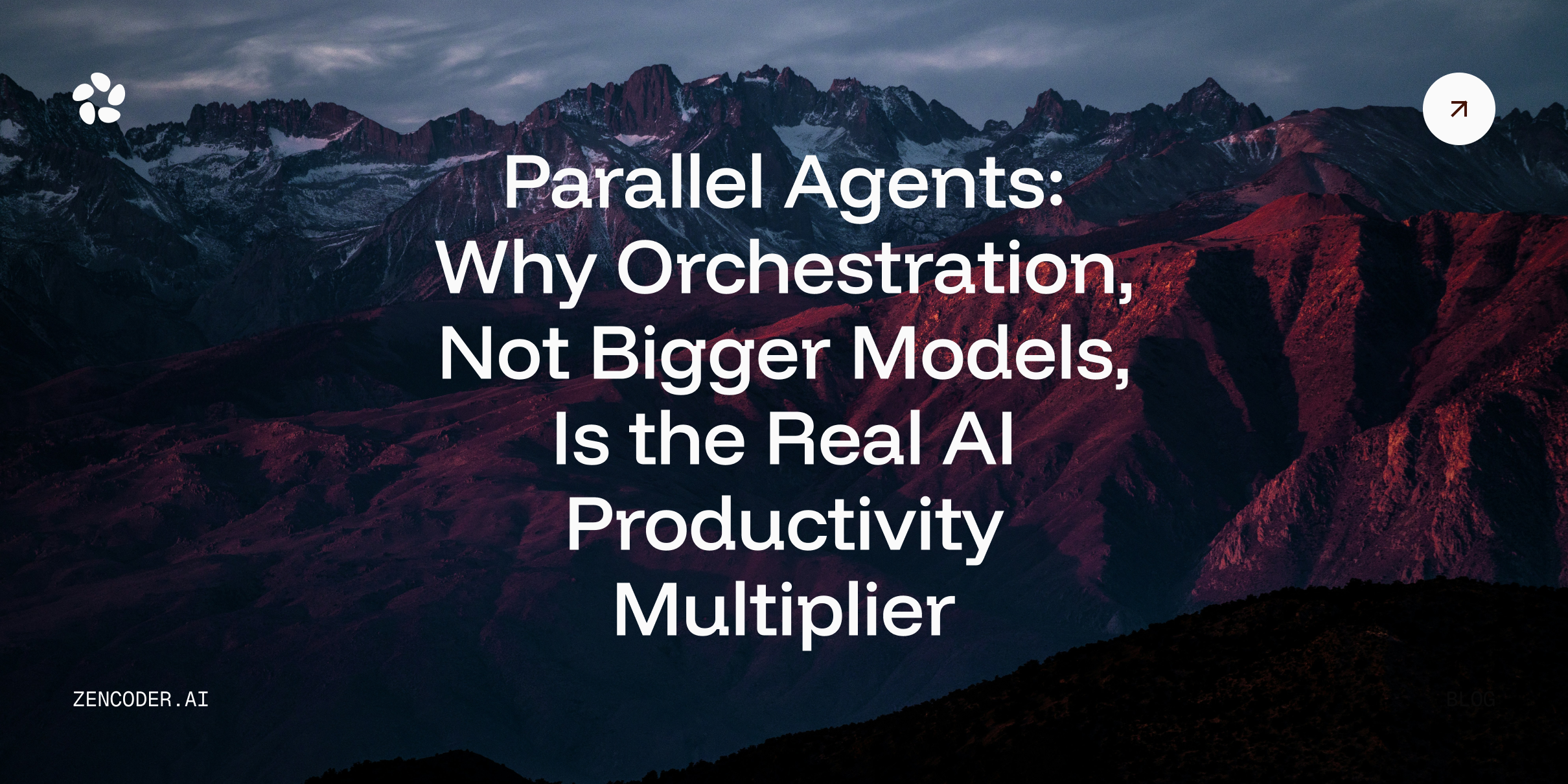Introduction
We've all been there – diving into a codebase, trying to understand what a function does, only to find cryptic or outdated comments. This is where automated docstring generation comes into play, promising to alleviate the burden of documentation and improve code maintainability.
But here's the catch: for automated docstring generation to be truly useful, it needs to be accurate. Inaccurate docstrings can be worse than no docstrings at all, leading developers down the wrong path and potentially introducing bugs.
In this article, we'll explore various techniques for improving the accuracy of docstring generation. We'll dive into the role of high-quality training data, the application of natural language processing, the importance of code readability, and the crucial role of human oversight.
Whether you're a developer trying to make sense of these tools, or you're working on creating the next big thing in code documentation, this guide's got something for you.
Grab some snacks, and let's dive in!
Training on High-Quality Data
Alright, let's start with the basics. You wouldn't train a dog using cat videos, right? The same principle applies here. If we want our AI to generate good docstrings, we need to feed it good examples. This means using a dataset of well-documented codebases where docstrings are accurate, comprehensive, and adhere to best practices.
Curating the Perfect Dataset
Finding good training data is like going on a treasure hunt in the Wild West of open-source code. Here are some tips for striking gold:
- Open-Source Gold Mines: Many open-source projects, especially those from established organizations like Google, Microsoft, or the Python Software Foundation, maintain high documentation standards. These folks usually have their documentation game on point.
- Domain-Specific Collections: If you're working in a specific field, like web dev or data science, look for projects in that area. The docstrings there will speak your language.
- Style-Specific Subsets: Are you team Google-style or team NumPy-style? Creating style-specific subsets can help in training models that can adapt to various documentation standards.
- Versioned Datasets: Programming languages evolve faster than hot gossip. Keep your datasets up-to-date to avoid generating docstrings that sound like they're from the stone age of coding.
Balancing Quantity and Quality
When it comes to training data, more isn't always merrier. A smaller, well-curated dataset often beats a large, messy one. Here's how to strike the right balance:
- Manual Review Process: Get some experienced devs to give your training data the once-over. Yes, it's time-consuming, but so is debugging code with misleading docstrings.
- Automated Quality Checks: Build some tools to catch common docstring no-nos, like missing parameter descriptions or outdated info.
- Continuous Refinement: Treat your dataset like that sourdough starter you made during lockdown - it needs regular attention to stay healthy.
Remember, if you feed your AI a diet of top-notch docstrings, it's more likely to produce the good stuff. But even with the best training data, we need a bit more magic to get truly accurate results. Let's talk about how we can use Natural Language Processing to add some extra oomph to our docstring generation.
Natural Language Processing (NLP) for Context
Okay, so we've got our AI trained on some prime docstring examples. But here's the thing - good documentation isn't just about following a template. It's about understanding the code and explaining it in a way that makes sense.
Utilizing NLP Techniques to Understand Code Intent
- Semantic Analysis: This is like teaching the AI to understand the meaning behind the code, not just the syntax. It's the difference between knowing what "print('Hello, World!')" does and understanding why we're greeting the world in the first place.
- Code Summarization: NLP techniques can be used to generate concise summaries of code functionality. Ever tried to explain your entire codebase in an elevator pitch? That's what we're teaching the AI to do here. It's about capturing the essence of the code in a concise docstring.
- Identifier Analysis: Variable and function names often contain valuable information about their purpose. You know how you spend hours coming up with the perfect variable name, only for your colleague to ask what "temporaryHackDontUse" means? We're teaching the AI to appreciate your naming efforts and use them to generate better docstrings.
- Context-Aware Generation: This is about helping the AI understand that a function called "get_user" might do very different things in a banking app versus a social media platform.
Overcoming Language Ambiguities
Human language is messy. We're basically trying to teach a very literal-minded robot to understand our idioms and context-dependent meanings. Here's how we're tackling that:
- Domain-Specific Language Models: We're building models that understand that in programming, "python" probably isn't referring to a snake, and a "ruby" isn't always a gemstone.
- Multi-Lingual Models: Because not everyone documents their code in English, shocking as that may be to some.
- Contextual Embeddings: This is some seriously cool tech that helps the AI understand that words can mean different things in different contexts. Almost like teaching it the difference between "bug" in an entomology textbook versus in your commit messages.
By leveraging these NLP techniques, we're aiming to create docstring generation tools that don't just parrot back the code in plain English, but provide insightful, context-aware documentation. It's the difference between a word-for-word translation and having a knowledgeable local explain the nuances to you.
Let's talk about how you can help the AI help you by writing more readable code.
Enhancing Code Readability
While AI and NLP can do a lot of heavy lifting in docstring generation, the quality of the input – the code itself – plays a crucial role in the accuracy of the output. Enhancing code readability not only makes it easier for humans to understand but also helps AI models generate more accurate docstrings.
Importance of Clear and Consistent Code Structure
- Consistent Naming Conventions: Remember that function you named "x" because you were too lazy to think of a proper name? Yeah, neither does anyone else. Use clear, consistent names.
- Logical Code Organization: Organize your code like you're arranging your sock drawer. Keep related functions together, separate concerns, and please, don't put everything in one giant file.
- Appropriate Use of Design Patterns: Use common design patterns where appropriate. It's like using idioms in a language - it makes your intentions clearer to those who know the lingo.
- Avoiding Overly Complex Functions: If your function is longer than the average CVS receipt, it might be time to break it up. Smaller, focused functions are easier for both humans and AI to understand.
Writing Meaningful Comments for Improved AI Interpretation
While the goal is to generate docstrings automatically, strategic use of inline comments can significantly improve the accuracy of AI-generated documentation:
- Intent Comments: Sometimes, it's helpful to explain why you're doing something, not just what you're doing. A quick comment like "// Workaround for browser compatibility issue" can provide crucial context.
- Algorithm Descriptions: For complex algorithms, a high-level comment describing the approach can guide the AI in generating more accurate and comprehensive docstrings.
- Edge Case Annotations: Pointing out edge cases in comments can ensure these important details make it into the generated docstrings. Highlight the "gotchas" for the AI.
- TODO and FIXME Comments: These are like little notes to your future self (or the AI) saying "Hey, this bit needs some attention!"
By focusing on code readability and strategic commenting, we create a more fertile ground for accurate docstring generation. However, there's more we can do by diving deeper into the code itself.
Code and Static Analysis
To generate truly accurate docstrings, we need to go beyond surface-level analysis of the code. This is where advanced code and static analysis techniques come into play.
Analyzing Code Structure to Infer Descriptions
- Abstract Syntax Tree (AST) Analysis: By parsing the code into an AST, we can gain deep insights into its structure and functionality. This can help in generating more accurate descriptions of what the code does.
- Control Flow Analysis: Understanding the control flow of a function can provide valuable information about its behavior under different conditions, which can be reflected in the generated docstring.
- Data Flow Analysis: Tracking how data moves through a function or class can help in accurately describing parameters, return values, and side effects.
- Type Inference: In dynamically typed languages, using type inference can provide important information about function parameters and return values, leading to more precise docstrings.
Leveraging Static Analysis Tools
We're not reinventing the wheel here. There are already some great static analysis tools out there, and we can use them to help generate better docstrings:
- Linters: Tools like Pylint for Python or ESLint for JavaScript can provide insights into code quality and potential issues, which can be reflected in the generated docstrings.
- Complexity Metrics: Analyzing code complexity (e.g., cyclomatic complexity) can help in generating appropriate warnings or notes in the docstrings about the function's complexity.
- Dead Code Detection: Identifying unused code or parameters can help in generating more accurate and up-to-date docstrings.
- Security Analysis: Tools that detect potential security vulnerabilities can contribute to generating relevant warnings or usage notes in the docstrings.
By incorporating these advanced code analysis techniques, we can generate docstrings that not only describe what the code does but also provide insights into its behavior, performance characteristics, and potential issues.
Human Oversight and Validation
While AI has made tremendous strides in code understanding and documentation generation, human expertise remains crucial in ensuring the accuracy and usefulness of generated docstrings. Let's explore the role of human oversight and some best practices for integrating it into the docstring generation process.
The Crucial Role of Human Expertise
- Context Understanding: Humans can grasp the broader context of a project in ways that AI models might miss, ensuring that generated docstrings align with the overall project goals and conventions.
- Nuance Detection: Experienced developers can catch subtle nuances in code functionality that might be overlooked by automated systems.
- Quality Assurance: Human review serves as a final quality check, catching any inaccuracies or inconsistencies in the generated docstrings.
- Continuous Improvement: Feedback from human reviewers can be used to refine and improve the docstring generation models over time.
Best Practices for Human Review
- Selective Review: Instead of reviewing every generated docstring, focus human effort on critical or complex parts of the codebase.
- Collaborative Tools: Use tools that allow for easy annotation and collaboration on generated docstrings, streamlining the review process.
- Version Control Integration: Integrate the review process with version control systems, allowing docstring improvements to be tracked alongside code changes.
- Review Guidelines: Establish clear guidelines for what to look for during human review, ensuring consistency across different reviewers.
Balancing Automation and Human Input
The key to effective docstring generation is finding the right balance between automation and human oversight. Here are some strategies:
- Confidence Scoring: Implement a system where the AI model assigns a confidence score to each generated docstring. Human reviewers can then focus on those with lower confidence scores.
- Interactive Generation: Develop tools that allow for interactive docstring generation, where the AI suggests content and humans can easily modify or approve it.
- Incremental Adoption: Start by using AI-generated docstrings as a first draft, which humans can then refine. As the system improves, gradually increase the autonomy of the AI system.
- Feedback Loops: Establish clear channels for developers to provide feedback on generated docstrings, which can be used to continuously improve the model.
By effectively incorporating human oversight, we can leverage the strengths of both AI and human expertise, leading to more accurate and useful docstrings.
Testing and Refinement
The journey to accurate docstring generation doesn't end with the initial implementation. Continuous testing and refinement are crucial for maintaining and improving the quality of generated docstrings over time.
Employing Tests to Validate Docstring Accuracy
- Docstring-Code Consistency Tests: Develop tests that check if the generated docstrings accurately reflect the current state of the code, including parameter names, types, and return values.
- Example Validation: For docstrings that include usage examples, create tests to ensure these examples are valid and produce the expected results.
- Style Conformance Checks: Implement tests to verify that generated docstrings adhere to the project's chosen documentation style guide.
- Completeness Checks: Create tests to ensure all necessary elements (parameters, return values, exceptions, etc.) are included in the generated docstrings.
Continuously Improving Models with Feedback Loops
- User Feedback Integration: Develop systems to collect and analyze feedback from developers using the generated docstrings, using this information to identify areas for improvement.
- A/B Testing: Implement A/B testing for different docstring generation models or techniques, comparing their performance in real-world usage.
- Performance Metrics: Establish clear metrics for evaluating docstring quality (e.g., accuracy, completeness, clarity) and regularly measure the model's performance against these metrics.
- Automated Refinement: Develop systems that can automatically refine the docstring generation model based on accumulated feedback and test results.
Conclusion
Improving the accuracy of docstring generation is a multifaceted challenge that requires a combination of advanced technologies, best practices in code writing, and human expertise. By focusing on high-quality training data, leveraging NLP and code analysis techniques, maintaining code readability, incorporating human oversight, and implementing continuous testing and refinement, we can significantly enhance the accuracy and usefulness of automatically generated docstrings.
As AI and machine learning technologies continue to advance, we can expect even more sophisticated docstring generation tools in the future. These tools will likely become increasingly context-aware, capable of understanding not just the syntax of code but its broader purpose within a project or system.
However, it's important to remember that the goal of automated docstring generation is not to replace human documentation efforts entirely, but to augment and streamline them. The most effective approach will always be a collaboration between intelligent tools and skilled developers, combining the efficiency of automation with the nuanced understanding that only human experts can provide.
By striving for accuracy in our docstrings, whether generated automatically or written by hand, we contribute to more maintainable, understandable, and ultimately more valuable codebases. In doing so, we not only make our own lives as developers easier but also pave the way for better collaboration, faster onboarding, and more robust software development practices across the industry.
Here's to clearer, more accurate docstrings and the better code they help us create!




